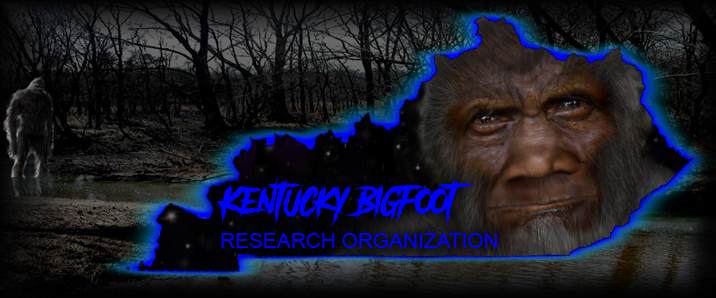
|
I.
Where’s
the evidence?
A. Past 1)
Indians
called “them” Sasquatch. For centuries people from around the world
have called these huge creatures by different names: see list.
2)
Theodore
Roosevelt, our 26th President of the United States recalls
a Sasquatch encounter in his 1893 book, The
Wilderness Hunter.
B.
Recent
3)
Increased
Reports – the reasons: reporting has been made easier via the Internet
and urban sprawl (we are invading more and more forests).
4)
World
renowned primatologist, Dr.
Jane Goodall believes there is an unknown
primate living in North America. Many scientists now place
their reputations on the line, now openly support and conduct bigfoot research, such as Dr.
Jeff Meldrum from Idaho State University. In the past a scientist
would never admit they believed in bigfoot
for fear of ruining their credibility, their university’s reputation,
loose funding for research and possible termination.
5)
Dermal
Ridges found on numerous tracks around the world and throughout time.
Formerly
of the Conroe Police Department Jimmy
Chilcutt, a fingerprint
expert witness believes an unknown primate does exist.
7)
Videos
(Memorial Day footage; Freeman Footage; Patterson footage)
9)
Many
Credible Reports – police officers, scientists, teachers, etc.
10)
Why
is there a law in California that you cannot kill a bigfoot,
for an animal that supposedly does not exist?
II.
Why
haven’t we found a body?
A. Nocturnal – travel at night when most people are asleep; possibly using creeks as their sidewalks; traveling under bridges avoiding roads. B. Avoid humans (shy, fearful) -- keep migrating to the deepest forests. C. Population of Sasquatch is very low. D. Have you been camping, hunting or hiking in the woods? Let me ask you this, have you ever seen a dead raccoon in the woods? Probally not, yet raccoons are abundant. The Sasquatch population is much, much lower than the raccoon population. E. Highly intelligent – if these creatures are some where on the evolutionary chain between us and chimps, they would indeed be very intelligent. F. Might bury their dead. G. A body can decompose in about a month. MonsterQuest showed a time lapse sequence of a deer carcass – scavengers, maggots, leaf cover and acidic forest floor did a nice job in devouring every piece of evidence. III.
Where
are the fossils or bones?
A.
The
fossil record for chimps and apes is extremely sparse, thus likewise
for bigfoot.
B. The forest floor is not conducive to preserving fossils. Only recently, the first ever chimpanzee fossils were found in 2005. C.
Some may exist: Gigantopithecus or many large skeletons have been found:
The
Nephilim Chronicles: Fallen Angels in the Ohio Valley describes
over 300 historical accounts of giant human skeletons. IV.
Where do they come from? (possible
theories of origin)
A. Gigantopithecus (a 10ft tall great ape who lived as little as 300,000 years ago in Asia). Pangaea, when all the continents were connected, could of allowed Gigantopithecus to migrate to North America from Asia; this is also why Asia has many bigfoot sightings as well – aka, the Yeti or abominable snowman. B. Or another Hominid. C.
Paranormal.
Or, if they emit infrasound as many researchers believe, the infrasound
might be perceived as a ghostly
sensation.
V.
Any
other recently discovered animals? (some thought
to be extinct)
A.
Thousands
of new species of animals and plants are discovered every year.
B.
Coelacanth
– a fish believed to have gone extinct 65-plus million years ago was
found alive in 1938.
D. Thylacine – the Tasmanian tiger was initially thought to be extinct; unfortunately the last one died in 1936. E. Colossal Squid –- discovered in 1925.
|
Submit Your Sighting | Contact Us | Return To Kentucky Bigfoot
© 2018 KentuckyBigfoot.com